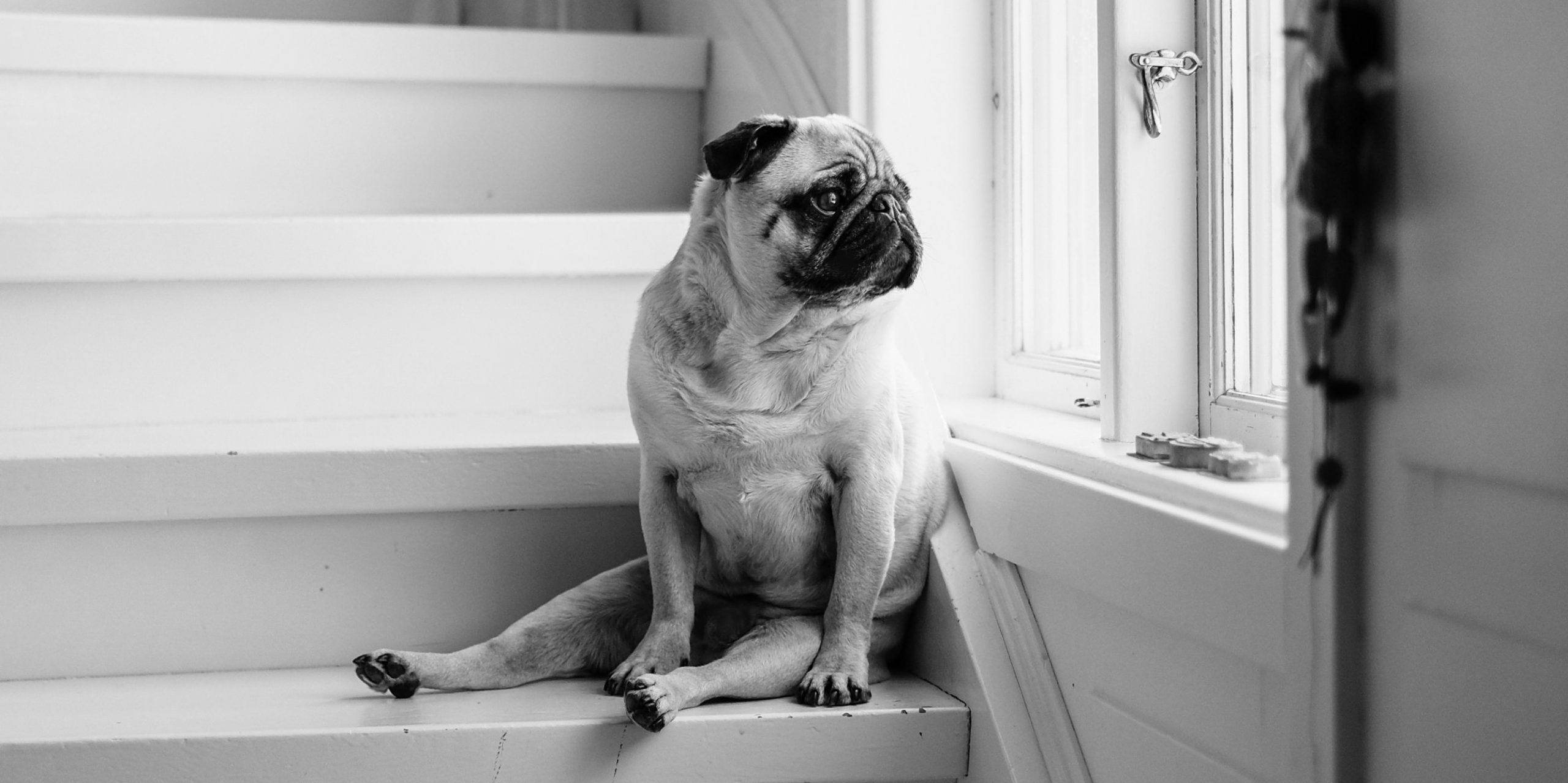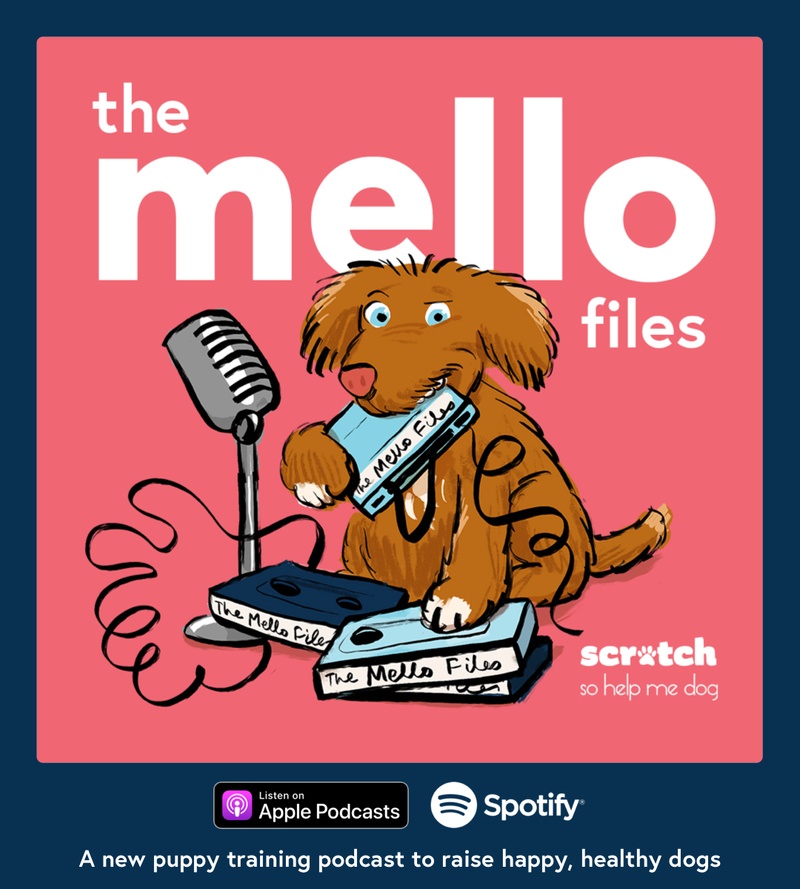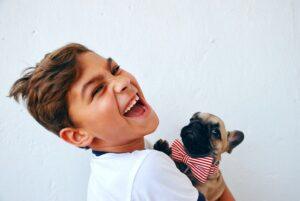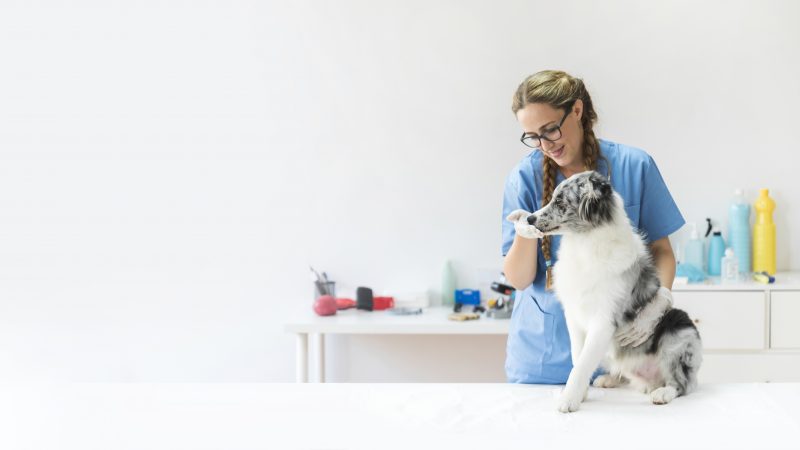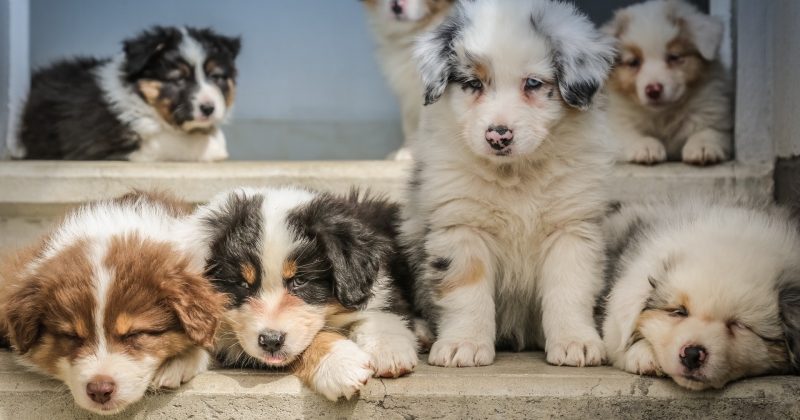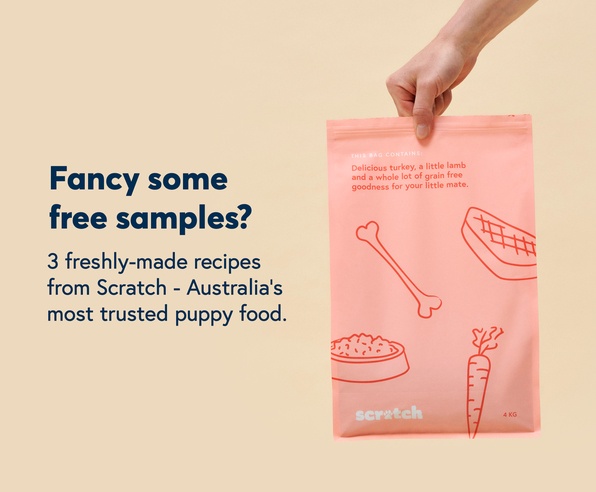Puppies find many of the ordinary things that we see (and ignore) everyday very exciting. That pot plant, those socks, that power cable might be boring to you, but they’re fascinating to them. So when preparing to puppy proof your home it’s worth taking the time to look around your house from their perspective.
Start by deciding what rooms you’ll allow your new dog into. Any space where they’ll be spending time needs to be vetted–including garages and yards. Once you’ve assigned your dog-friendly zones, review them with an eye out for the following items. Any dangerous objects should be removed or placed somewhere high out of reach.
Cleaning Products and Medications
Be very conscious of your cleaning products, medications, household poisons (such as weed killer or rat bait), fertilisers, insecticides, or paints. Think, would I want to eat that? If the answer is “no way” then store them in a locked cupboard or on a high shelf.
Electrical Cables
Puppies use their mouths to explore new objects, so be wary of any electrical equipment that could give them a shock if chewed. If you can’t remove them, make sure they’re tied up or taped down.
Blinds or Drapery Cords
Dogs can easily become tangled in cords or mistake them for a toy during play. This can lead to injuries or strangulation. So make sure they’re tied back or secured away after use.
Plants
Many popular house and garden plants can be dangerous to dogs if ingested. Look up the plants you have around your home to see if they’re toxic to pets or if they’re dog-friendly plants. If so, make sure they’re removed or out of reach.
Items on the Floor
Pick up anything that may be small enough for them to swallow. This includes things like shoes, socks, rugs, pillows, homewares, and objects with small parts they could gnaw off. Remember, you can’t be too careful. Even soft objects can cause issues.
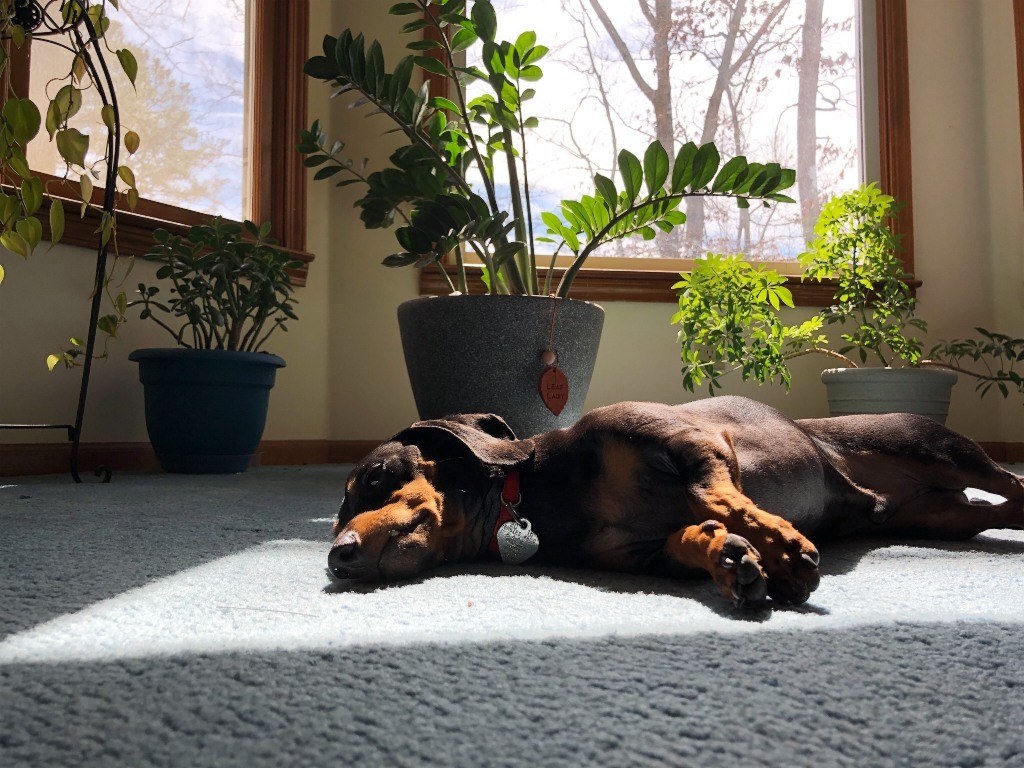
Don’t Forget the Garden
When you’re out to puppy proof your home, don’t miss the garden. All the above watch-outs also apply to outside areas. Make sure any garden, courtyard, or balcony is fenced and secure with no holes where pets could escape. Pool fencing is also a must, along with a pool cover.
Think about Their Sleeping Area
Pay extra attention to where your pet sleeps to make sure it’s safe and secure. Small rooms, crates, and pens are all good options. But wherever you choose, ensure it’s not in a thoroughfare or an area where there is a lot of movement. You don’t want them to be constantly disturbed, tripped over, or stepped on.
Playpen, Crate & Baby Gates
If you want to keep your dog away from dangerous areas for a short period of time or when you’re not around (say if you’re doing house work that involves chemicals), consider using a crate or playpen. To make areas of your home permanently pet-free, you can set up a baby gate. We’ve written up a guide on how to choose the best dog crate.
Keep Things Closed
Doors and cupboards aren’t the only things to keep in mind. Also ensure that washing machine and dryer doors, rubbish bins and toilet lids are all secured too. Trust us, if it’s possible, they’ll find a way to get in.
Child Proof Latches
If you have low cupboards or doors that don’t close securely, and you don’t have time to get them fixed, child proof latches are great as a quick solution.
Hear more from Sophie Allan on her show the Healthy Dog Pod.
For expert advice on everything (else) you need to know about preparing for a new pup, head over to Scratch’s New Dog Guide.
While you’re here, subscribe to our newsletter, check out our magazine, and follow us on Instagram, Facebook, and Twitter.

